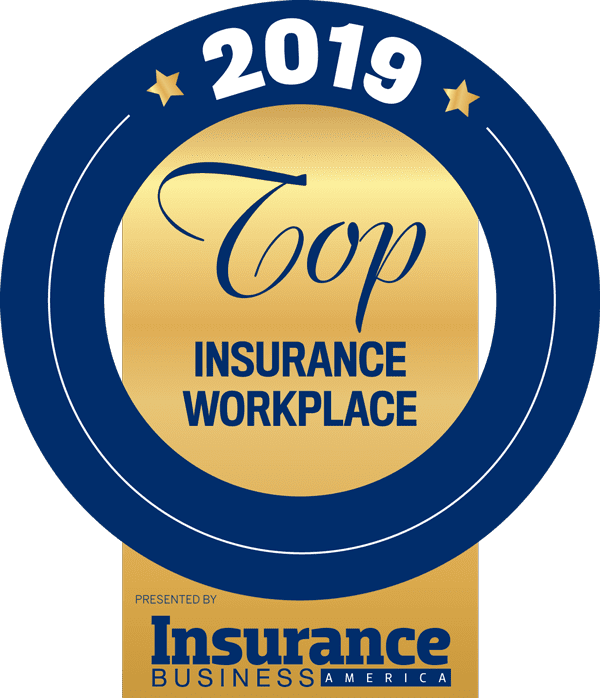In today’s commercial auto insurance marketplace, corporations that utilize company-owned autos are noticing significant auto rate increases. I wish that I could report the trend of rising premiums will stabilize, but insurance company analytics suggest otherwise. Fortunately, there are measures a company can take to positively affect or potentially mitigate any extreme rate increases.
There is no single item that makes for a successful Fleet Safety Program, so a system of multiple checks and balances should be implemented. The system should start with the interview of a potential new hire with driving responsibilities. This comprehensive interview should include a review of the candidate’s accident history, review of any citations, evaluation of their Safety Performance reports from prior employers, and review of prior drug and alcohol test results. An offer of employment may be extended if these reviews are favorable, drug and alcohol tests are passed, and DOT pre-employment physical requirements are met. The next step, if hired, would be an orientation program. During this time the employer can utilize road tests to be assured that the candidate is qualified to operate the vehicle they will be driving on the job. Orientation is also the perfect time to proactively review the company’s Safety Manual so that there is a clear understanding of company expectations.
After orientation, continue to monitor employees’ driving habits. This is best achieved using Electronic Log Devices and a tracking system that records speed, hard accelerations, hard braking, and other driver tendencies. Companies use these Log Devices, also known as telematics, for driver training purposes and even disciplinary actions for those who violate any Federal and State traffic laws. Conduct regular safety meetings to keep drivers aware of the dangers they can experience themselves or impose on the public due to their actions or inactions. In this digital age, it is of utmost importance to ensure company drivers restrict all use of handheld devices while operating a company vehicle. These regulations should be included in your company’s written Vehicle Use Policy.
Not all insurance carriers will pre-inspect your operation prior to releasing terms, conditions, and pricing. So, they rely on other means of information to help decide if an inspection is needed. One of these tools is a SAFER report generated by the DOT. If you currently verify that your drivers complete daily DOT required pre-trip and post-trip inspections and that all defects are noted and corrected before that vehicle is put back into service, then this verification system will help keep your company’s SAFER score at or below the national average for out-of-service violations. Keeping your SAFER score at or below the national average could help reduce the possibility of a DOT audit.
Another key component to your fleet safety program is a vehicle use policy. In today’s insurance marketplace, more and more carriers are looking to do business with a company having these types of policies in place. In my opinion, there are three major cornerstones to a vehicle use policy and they are as follows:
Defining traffic and parking violations
Driver safety
Cell phone and distracted driving
As I have already outlined a plan for fleet safety above, I want to focus on traffic violations and MVR review. Any company driver whether a potential new hire, new hire or a seasoned company veteran should be subject to the same scrutiny for MVR offenses. There multiple types of violations we face every day when we put our vehicles in gear but for our purposes here I will mention several that I know are hot buttons for insurance underwriters.
Excessive speeding
Failure to wear a seatbelt
Failure to stop at a stop sign or traffic signal
Driving with a suspended or revoked license
Driving while under the influence of alcohol or any controlled substance
Improper lane changing, passing or any other type of reckless driving
When reviewing an individual’s MVR, there is strong data to support whether or not this person should be allowed to operate a company vehicle. Obviously, if they have a “clear” MVR, hire them to drive provided they have passed all other interview criteria but it might interest you to know statistically speaking what impact allowing an individual to drive on your company’s behalf based on the type of infractions found on their MVR.
If your driver ever had the following citations then you should know:
Failure to use or improper signal increases the likelihood of a crash by 96%
Improper passing increases the likelihood of a crash by 88%
Failure to obey traffic signage and signals increase the likelihood of a crash by 68%
Speeding more than 15 miles over a posted limit increases the likelihood of a crash by 67%
Reckless/Careless/Driving distracted increases the likelihood of a crash by 64%
These are just a few stats to consider. Clearly, the statistics listed above demonstrate a strong connection between driver infraction and the probability of auto-related accidents. For more information, please visit the FMCSA website at www.fmcsa.dot.gov. There you can find additional information on regulations, penalties, and statistics that can be incorporated into any of the policies I discuss above. HDB can help you develop and implement all of the above-recommended procedures which are critical to a company’s comprehensive fleet safety program.





